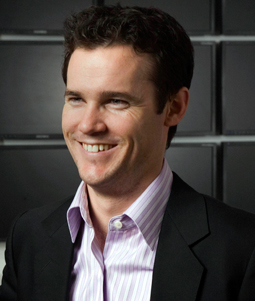Talent management is a concept that has been around for a while particularly in response to the ‘war for talent’. But what is it exactly?
Talent management is hard to define as the processes and what it involves can vary from organization to organization. For instance, research conducted by the Institute for Corporate Productivity asserts that more than 75 per cent of the companies they surveyed don’t have an agreed-upon definition of talent management (Galagan. 2008).
They do however go as far to state that ‘talent management concerns competencies- what employees should know and be able to do- and performance processes- how to leverage those competencies by putting them in the right parts of the organization, and then measuring their impact on real goals’ (Galagan. 2008). For this reason it is important to have processes which encapsulate talent management at each touch point for employees from recruitment to employee engagement strategies.

This means talent management strategies should be based around recruitment, leadership development, culture, succession planning, performance management, brand or the employee value proposition, learning, career development, remuneration, and employee engagement (Gilmore, 2008; Galagan, 2008; Ready, Hill, and Conger. 2008).
Linda Sharkey who is the Vice President of people development at HP summarizes talent management as ‘about having people at the top of their game and who are able to drive the performance of the company (Gilmore. 2008). More simply it’s about ‘getting the right people in the right place at the right time for the right cost’ (Galagan. 2008).
How does your organization define talent management and what strategies are you putting in place to retain your talent in the GFC?


